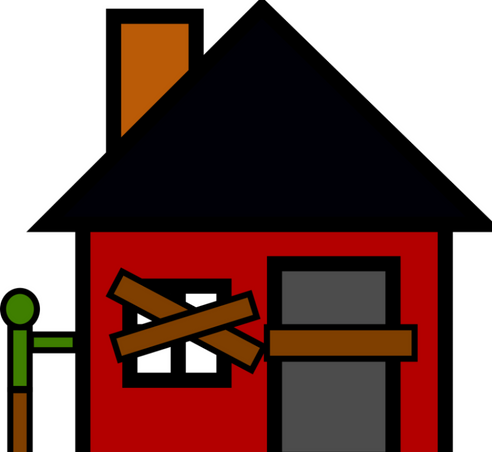
Unfortunately, if you’re turning to this guide, chances are you’re facing a foreclosure. We know the incredible stress you and your family are under. In fact, foreclosure in California is the second highest in the nation.
While we can’t guarantee that you can prevent foreclosure, you can give yourself a fighting chance by reading this guide. In addition, understanding the foreclosure laws might help delay the foreclosure process.
And if you’re in the middle of the foreclosure timeline, don’t give up. First, read about California’s foreclosure process to understand what you’re up against. Then turn to one of our dedicated attorneys so we can fight to keep you in your home.
Understanding Foreclosure in California
Now that California’s COVID-19 moratorium is over, homeowners behind in the mortgage are in a precarious situation. If you are behind in payments, a pre-foreclosure notice is first in the foreclosure timeline. This notice informs you that you are behind in payments but not officially in default.
Your California mortgage lender will contact you about possible payment arrangements. However, the mortgage lender can’t begin the foreclosure process until 30 days after your financial assessment. The lender must offer a meeting to avoid foreclosure no later than two weeks from the foreclosure notice.
During this assessment period, a California foreclosure attorney can represent you. And, of course, our expert attorneys have years of experience handling these sensitive situations. Standard anti-foreclosure options are forbearance, a repayment play, or modifying the loan.
The Types of California Foreclosures
The foreclosure process begins if you don’t cover the missing payments or can’t make a deal with the lender. California mortgage lenders can foreclose your property through nonjudicial and judicial means.
The Nonjudicial Foreclosure Process
This California foreclosure begins with a notice of default in your county recorder’s office. Also, the notice of default stipulates the reason for default and solutions.
Ten days after submission to the country recorder, the lender mails you a copy of the notice. You can also request the lender to mail the notice of default to our attorneys.
And after receiving a notice of default, you have three months to make up the deficit. Otherwise, the mortgage lender can sell your home at an auction.
Please keep in mind that California notices of defaults are public records. Unfortunately, con artists might trick you into paying them to cure the notice. Therefore, we advise you to let our law firm represent you with your notice of default.
The Judicial Foreclosure Process
In this scenario, the lender files a lawsuit against you. The goal is to litigate your case so they can sell your home. If you don’t respond to the foreclosure lawsuit, the lender wins by default.
But if you respond, the court reviews the evidence and then delivers a verdict. You can count on our foreclosure lawyers to have your back.
More on Foreclosure in California
The Estavillo Law Group has over 50 years of experience in our real estate and foreclosure law catalog. So again, we understand your stress when facing a foreclosure. But we are proud of our 90% success rate in handling foreclosure in California.
Our track record extends to finding possible errors in your mortgage loan terms. And if necessary, we can get credible witnesses and experts in your corner.
In addition to foreclosure laws, our expertise extends to real estate law. We manage disputes from lease agreements and purchases. If there are mechanic liens and construction defects, we’re here for you.
Contact the Estavillo Law Group today if you’re facing foreclosure. Our office is in Oakland, CA. We also provide a free fifteen-minute consultation.


